#archduke charles
Explore tagged Tumblr posts
Text
When the Directory sent Napoleon to Egypt, France’s neighbors seized his absence as an opportunity to form a second coalition. According to Albert Vandal, the situation got so bad for France, that in the city of Marseille:
“women brought into fashion headdresses ‘a la Suvorov’, ribbons and hats ‘a la Charlotte’, in honor of the Archduke Charles (Austrian commander-in-chief - A.Z.); in the Council of Five Hundred, one speaker from the tribune denounced the Marseilles, who were learning the Russian language in order to more conveniently talk with their deliverers.”
*Suvorov was the leading Russian general
**Archduke Charles was the leading Austrian general and the brother of the Holy Roman Emperor
(Source)
#💀💀💀#au where Napoleon doesn’t return from Egypt and France gets conquered by Russia and all French are speaking Russian today#lmfao#napoleonic era#napoleonic#translation#sorry if it’s a rough translation#napoleon#first french empire#Russia#Suvorov#archduke Charles#napoleon bonaparte#frev#french revolution#french empire#france#napoleonic wars#marseilles#history#Albert Vandal#directoire#directory#the directory#La directoire#Marseille#La Marseille
10 notes
·
View notes
Text

Happy birthday to Archduke Charles! (September 5th, 1771)
1 note
·
View note
Text

13 Holy Roman Emperors! 5 Kings of Spain! 4 Emperors of Austria! Like the same 3 nasty chromosomes being inbred around! 1 Holy Roman Empress! The Habsburg dynasty from 1500-1918, from Charles to Charles!
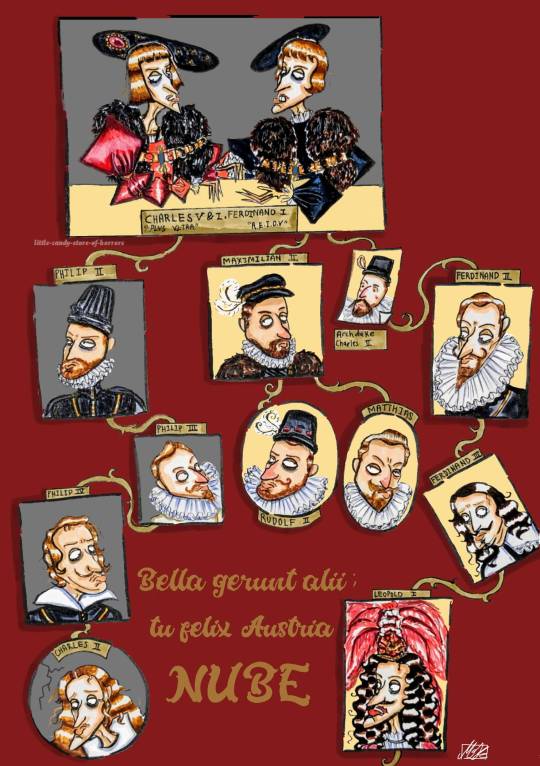
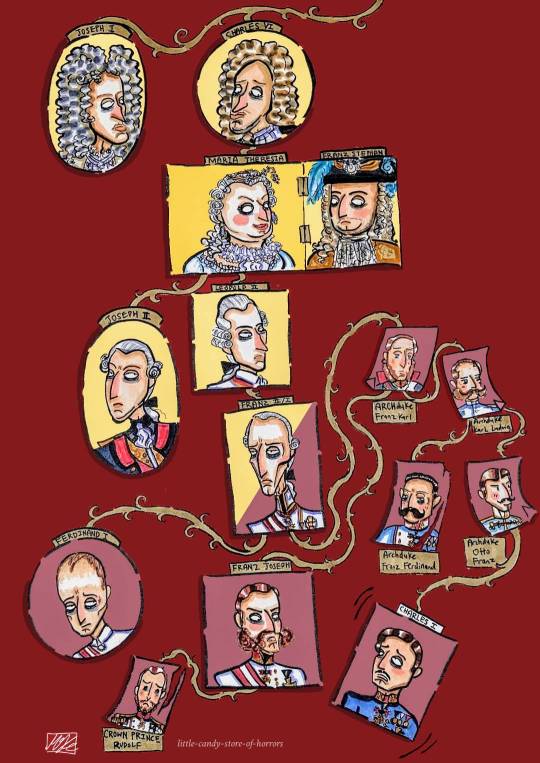
#Ok to reblog!#House of Habsburg#historical art#history art#historical portrait#austrian history#spanish history#Charles v#philip ii#philip iv#carlos ii#maria theresa#Francis ii#franz joseph#Archduke franz ferdinand#crown prince rudolf#16th century#17th century#18th century#19th century#Remember when i said might continue the family wreath to bLeSsEd Karl. Well unfortunately here we are.#Tagging only the most popular folks sorry 😔 tumblr wont let me etc#Something something it starts w the original flag n goes into black for spanish branch gold for HRE n red for austrian empire
24 notes
·
View notes
Text



This black and golden outfit was first worn by Emperor Charles V in the fifteenth episode of the second season of Magnificent Century. It appeared again on Danielo Lodovisi in the twenty-fifth episode of the third episode. The outfit was worn again by Charles' brother Emperor Ferdinand II in the thirteenth episode of the fourth season.
#Muhteşem Yüzyıl#Magnificent Century#period drama#costume drama#historical drama#Charles V#Danielo Lodovisi#Archduke Ferdinand#Ferdinand II#reused costumes#recycled costumes
8 notes
·
View notes
Text

Field marshal Archduke Charles of Austria, Duke of Teschen. Unknown artist.
#haus habsburg lothringen#erzherzog#archduke charles of austria#in armour#house of habsburg lorraine#duke of teschen#austria teschen#österreich teschen#erzherzog karl von österreich#field marshal
4 notes
·
View notes
Text

Portrait of Archduke Charles of Austria-Teschen (1771-1847).
#erzherzog#haus habsburg lothringen#austria teschen#archduke#österreich teschen#house of habsburg lorraine#archduke charles of austria teschen#josef kriehuber#liechtenstein collection
5 notes
·
View notes
Text

“I hate when people say that Charles should have just refused to marry Diana if he really loved Camilla! Not everyone can be like Ferdinand Burg! Especially with the abdication crisis still fresh in their memory!” - Submitted by Anonymous
5 notes
·
View notes
Text

Blessed Charles l last Emperor of Austria.
#my post#uniform#army#emperor#king#archduke#emperor of austria#king of hungry#austro-hungarian#austro-hungarian army#austro-hungarian empire#blessed charles of austria#hapsburg#von hapsburg#hapsburgs#roman catholic#catholic#karl von hapsburg#miltary#blessed karl of austria
2 notes
·
View notes
Photo
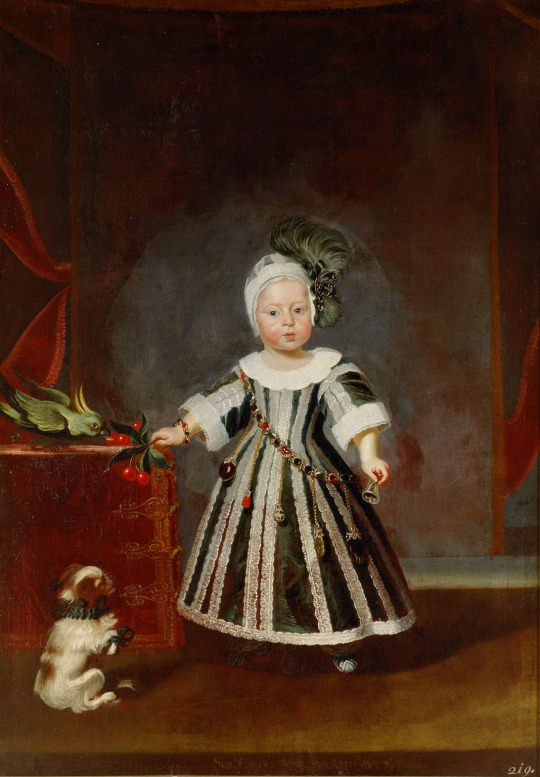
Archduke Charles Joseph with a puppy and a cockatoo at the age of about one and a half.
He was the only son of Ferdinand III and his second wife, Maria Leopoldine of Austria.
His mother died giving birth to him at the age of 17, and Charles Joseph himself died young as well at the age of 14.
#archduke charles joseph#house of habsburg#ferdinand iii#maria leopoldine of austria#habsburg#austria#archduke#long live the queue
21 notes
·
View notes
Text




A tumblrina and their poor little miau miaus
#Im upset so im posting these to make myself feel better fhbfjfjdhdjdkd#Best time of my life etc etc#I love them all!!! Losers of the House Of Cringefail especially Franzi and Carlos..... Blowing a kiss blowing a kiss blowing a kiss#archduke franz ferdinand#charles ii of spain#marie antoinette#Rudolf ii#NON mutuals Dont reblog 👉👈 everything else is appreciated tho
8 notes
·
View notes
Text

Charles Garabed Atamian - Archduke Rudolf kills himself and his mistress, Baroness Mary Vetsera, in his hunting lodge at Mayerling.
Archduke Rudolf, Crown Prince of Austria (1858-1889), kills himself and his mistress, Baroness Mary Vetsera, in his hunting lodge at Mayerling - Drama of Mayerling: Archduke Rodolph of Habsburg (Archduke Rodolph of Habsburg) (Habsburg-Lorraine) (1858-1889))
#Charles Garabed Atamian#Archduke Rudolf#suicide#Archduke Rudolf kills himself and his mistress#death#murder
1 note
·
View note
Text
i learned that during the Spanish Succession War, prostitutes in Madrid, like most of the city, were sympathizers of the candidate for the throne Felipe V de Borbon.
So when English and Portuguese troops arrived in the city to crown Archduke Charles as Charles III in 1706, the prostitutes devised a biological attack on the troops. In collaboration with some doctors, they fixed and perfumed sick prostitutes. Within a month there were 6,000 cases of syphilis and gonorrhea among English soldiers, enemies of Philip V.
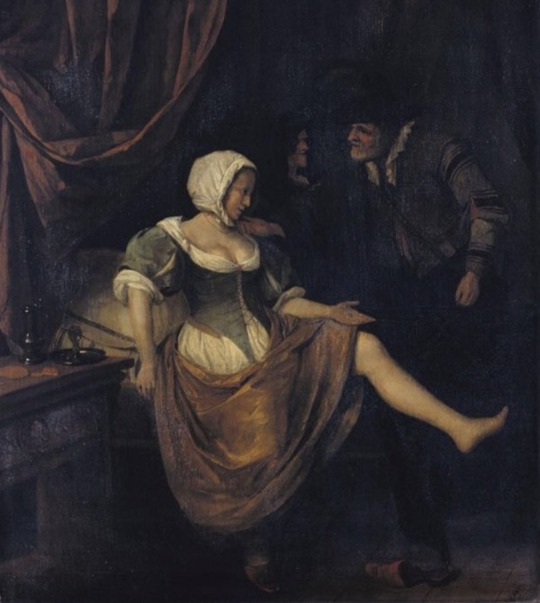
574 notes
·
View notes
Text
#tumblr polls#legends of tomorrow#dc legends of tomorrow#arrowverse#dc’s legends of tomorrow#lot#dc universe#dc comics#dc poll#dc posting#sara lance#ray palmer#leonard snart#mick rory#john constantine#zari tomaz#nora darhk#nate heywood#dc tv universe#dc tv shows#dc multiverse#dc#dcu
202 notes
·
View notes
Text
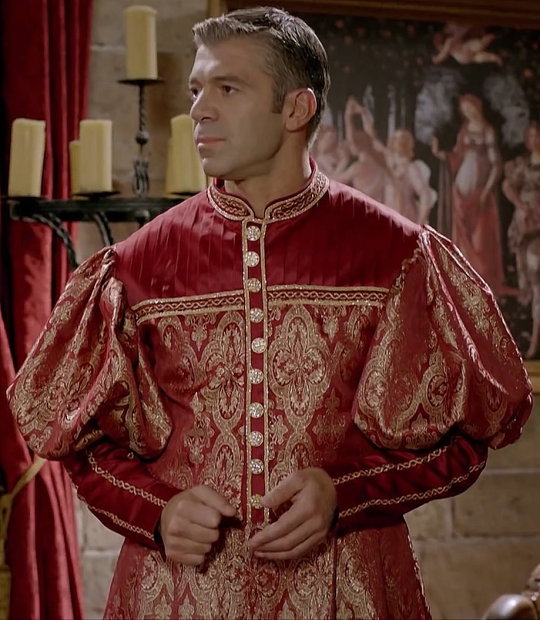


This red and gold outfit was first worn by Archduke Ferdinand (later Emperor Ferdinand II) in the seventh episode of the second season of Magnificent Century. It was worn again by Emperor Charles V in the thirtieth episode of the third season.
The outfit appeared again on István Bethlen in the second episode of the second season of Magnificent Century: Kösem.
#Muhteşem Yüzyıl#Muhteşem Yüzyıl: Kösem#Magnificent Century#Magnificent Century Kösem#Magnificent Century Kosem#period drama#costume drama#historical drama#Archduke Ferdinand#Ferdinand II#Charles V#István Bethlen#Stephen Bethlen#reused costumes#recycled costumes
8 notes
·
View notes
Text
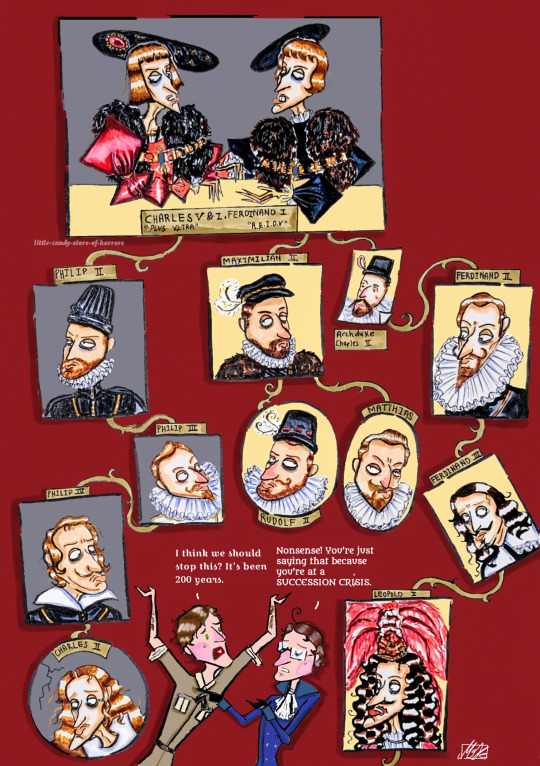
"Bella gerunt alii, tu felix Austria nube!"
Day 6 of @spaus-week 's challenge
"Let others wage war, you, happy Austria, marry!" Was the political strategy of the Habsburgs, and marry did the House of Austria! Infamously, scandalously, sensationally. A mangled wreath of a family tree. We all know this horror story. And we all know the bitter end.
After Emperor Charles V&I divided his Spanish and Austrian inheritance ((also gained through his parents' and grandparents' marriages)) to his descendants and those of his younger brother Ferdinand I respectively, the Habsburg dynasty split into two branches. The Spanish and Austrian Habsburgs notoriously intermarried for generations, right up till Charles II of Spain whose heirless death in 1700 sparked the War of the Spanish Succession. The inbreeding and this informal Latin motto behind it has been blamed to hell and back for their implosion, for the physical ugliness that ran in this royal bloodline. But it is not to say the Habsburgs never went to war, nor that dynastic marriage was a political strategy unique to them! But they were, if anything, bloody successful at it seeing how they did rule half of Europe for 200 years, and then a lot of it in the Austrian line for another 200. Before anyone figured out inbreeding was bad it was considered a privilege to marry into the Habsburgs, with Louis XV claiming that Louis XVI's betrothal to Marie Antoinette was marrying the "Daughter of the Caesars", and Napoleon Bonaparte infamously ditching Josephine for Marie Louise. Charles II was a poor sod who took the fall and the mugs were wretched from the same ugly gene being passed around countless times*, but they did wear power and privilege well.
💅✨ Symbolism bc I'm a NERD and this my Category 10 autism event ✨💅 :
Charles V & Ferdinand I's joint portrait based on that propaganda woodcut, behind them the colours of the Habsburg flag.
The Spanish branch, comprising Charles V & I's descendants, is represented with a black background, and the Austrian branch, comprising Ferdinand I's descendants, gold, both colours pulled from their flag, a dynasty intertwined but split in two.
Round frames denote that the individual had no heirs.
Only the most influential ruler on both sides, the King of Spain and the Holy Roman Emperor, are represented as framed portraits, explaining Archduke Charles II's unframed depiction.
The unconventional placement of Charles II of Spain and Emperor Rudolf II's nameplates are a nod to their queerness: their intersexuality and bisexuality respectively.
Ferdinand III's portrait is lopsided because of the losses of the 30 Years War.
Cracks in Charles II's portrait: 🙃🙃🙃
#Was this just an excuse for me to draw the family tree/wreath? YES. Might continue it to Blessed Karl™ *faints*.#That said i literally took three tries to get the Austrian branch right in just this fraction. Nightmare.#spausweek#Charles v#philip ii#philip ii of spain#Philip iii#philip iv of spain#felipe iv#charles ii of spain#Carlos ii#ferdinand i#Maximilian ii#rudolf ii#Emperor Matthias#Ferdinand ii#Ferdinand iii#Leopold i#16th century#17th century#habsburg history#house of habsburg#austrian history#spanish history#historical hetalia#aph austria#aph spain#roderich edelstein#Antonio Fernandez#Hetalia
70 notes
·
View notes
Text

An Equestrian Portrait of the Young King Charles II of Spain
Artist: Sebastián Herrera Barnuevo (Spanish, 1619–1671)
Date: 1665
Medium: Oil on Canvas
Collection: Private Collection
Charles II of Spain
Charles II of Spain (6 November 1661 – 1 November 1700), also known as El Hechizado, or the Bewitched, was King of Spain from 1665 to 1700. The last monarch from the House of Habsburg which had ruled Spain since 1516, he died without children, leading to a European conflict over his successor.
Charles became king at the age of four, but for reasons that are still debated, he experienced extended periods of ill health throughout his life. This made the question of his successor central to European diplomacy for much of his reign, historian John Langdon-Davies writing that "…from the day of his birth, they were waiting for his death".
The two main candidates were the Austrian Habsburg Archduke Charles, and 16-year-old Philip of Anjou, grandson of Maria Theresa of Spain and Louis XIV of France. Shortly before his death in November 1700, Charles named Philip his heir, but the acquisition of an undivided Spanish Empire by either France or Austria threatened the European balance of power. Failure to resolve these issues through diplomacy resulted in the 1701 to 1714 War of the Spanish Succession.
#equestrian#young boy#landscape#sebastian herrera barnuevo#portrait#horse#eagle#Spanish painter#charles ii#king#spanish king#spanish monarchy#17th century painting#european
28 notes
·
View notes